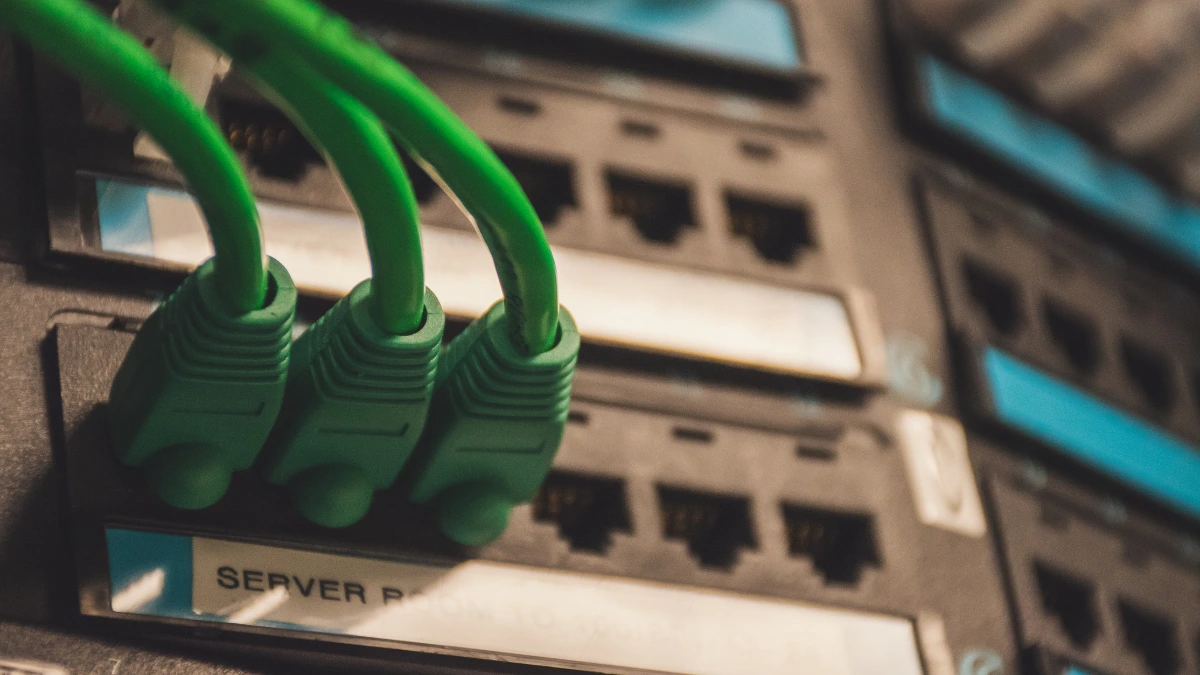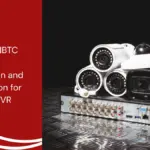Ethernet Switch has several types according to their respective functions and needs, one of which is the Managed Switch.
A managed Switch is a network device that cannot be managed or modified in its settings.
This article will review the Managed Switch from the definition, how it works, its advantages, and its use in everyday life.
Also Read
Table of Contents
What is an Managed Switch?
Managed switches offer a higher level of control and flexibility than unmanaged switches. These devices allow network administrators to configure various network parameters, such as VLANs, QoS, and security.
With the technology, you can prioritize data traffic, restrict access to certain network resources, and monitor network performance in real time. The technology are ideal for complex networks that require a high level of security and control.
How Managed Switch Works
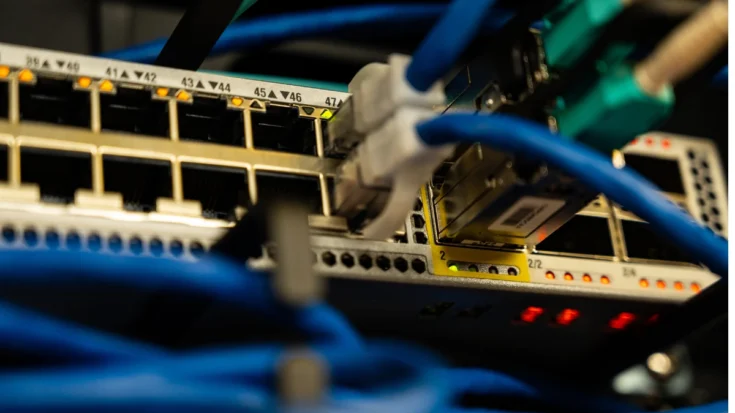
Here is how a managed switch works explanation:
- Data Reception: The technology receives data packets from various devices connected to its ports.
- Address Identification: The technology have the ability to check and match the MAC (Media Access Control) address of the received data with the MAC address of the destination device.
- Path Determination: Based on the MAC address information, the technology determines the most appropriate port to forward the data to the destination device.
- Directed Data Delivery: The technology then sends data only to the port to which the destination device is connected, improving network efficiency and reducing unnecessary traffic.
The Advantages of Managed Switch
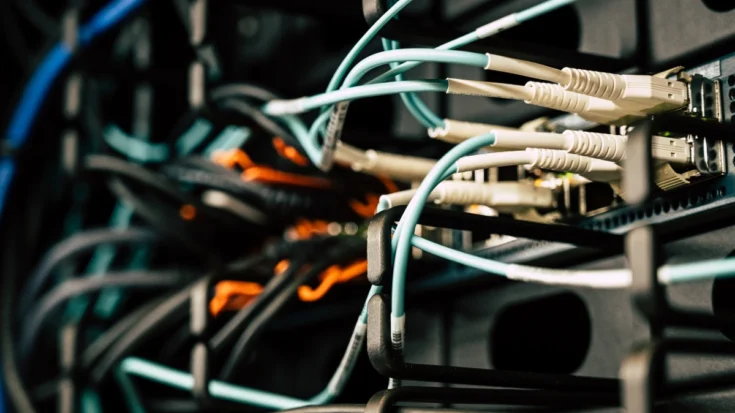
Here is the advantages of managed switches:
- Remote Control and Configuration: Network administrators have full control and can configure switches remotely, allowing for efficient network management.
- Configuration Flexibility: The technology offer great flexibility in configuration, allowing customization according to users’ specific needs, including increased network scalability.
- Advanced Network Security: Advanced security features, such as firewalls and intrusion prevention systems (IPS), can be implemented to protect the network from security threats.
- Data Traffic Efficiency: The technology route data directly to destination devices, reducing congestion and improving network efficiency.
- Real-Time Network Performance Monitoring: Network performance can be monitored in real-time, enabling quick identification and handling of problems.
- Broad Device Compatibility: The technology are capable of handling a large number of devices efficiently, supporting network growth.
- Performance Optimization with QoS: Quality of Service (QoS) features enable network performance optimization by prioritizing critical data traffic.
- In-depth Monitoring and Diagnostics: Real-time monitoring and diagnostics capabilities make it easy to identify and proactively address network issues.
The Features of Managed Switch
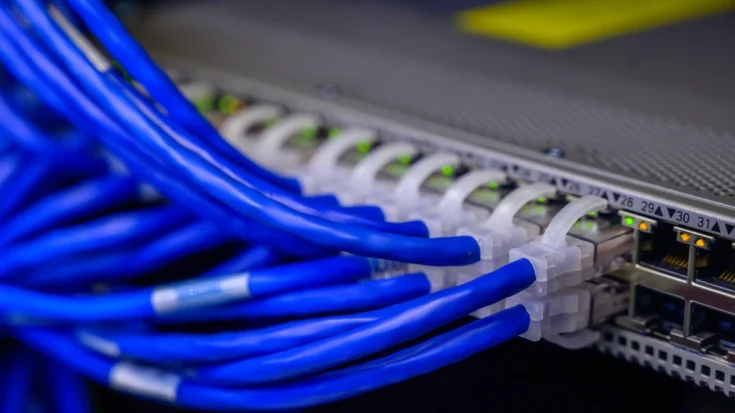
The following id the features of managed switches:
1. Controlled data traffic management
Managed switches are network devices designed to provide complete control over data flow, allowing administrators to monitor, manage, and optimize network performance.
2. Virtual network segmentation (VLAN)
The VLAN feature allows logical grouping of switch ports, creating separate virtual local networks (LANs). This allows the use of a single switch for several different networks, improving efficiency and security.
3. Data traffic prioritization (QoS)
With QoS, administrators can set data traffic priorities, ensuring that critical applications or services receive sufficient bandwidth.
4. Network performance monitoring
The technoloigy provide comprehensive monitoring capabilities, allowing administrators to track network performance, analyze data traffic, and detect potential problems.
5. Remote access and management
The device supports remote access, allowing centralized management of the network, even from different locations.
6. Advanced security
Managed switches offer strong security features, including access control and data encryption, to protect the network from threats.
7. Storm control
This feature detects and prevents network storms, caused by excessive broadcast, multicast, or unicast traffic.
8. Port mirroring
This function allows duplication of data traffic from one port to another for analysis and troubleshooting purposes.
That is an explanation of the Managed Switch from the definition, how it works, advantages of its features. Hopefully, this article is useful for you to determine the right type of Ethernet Switch for your needs.

